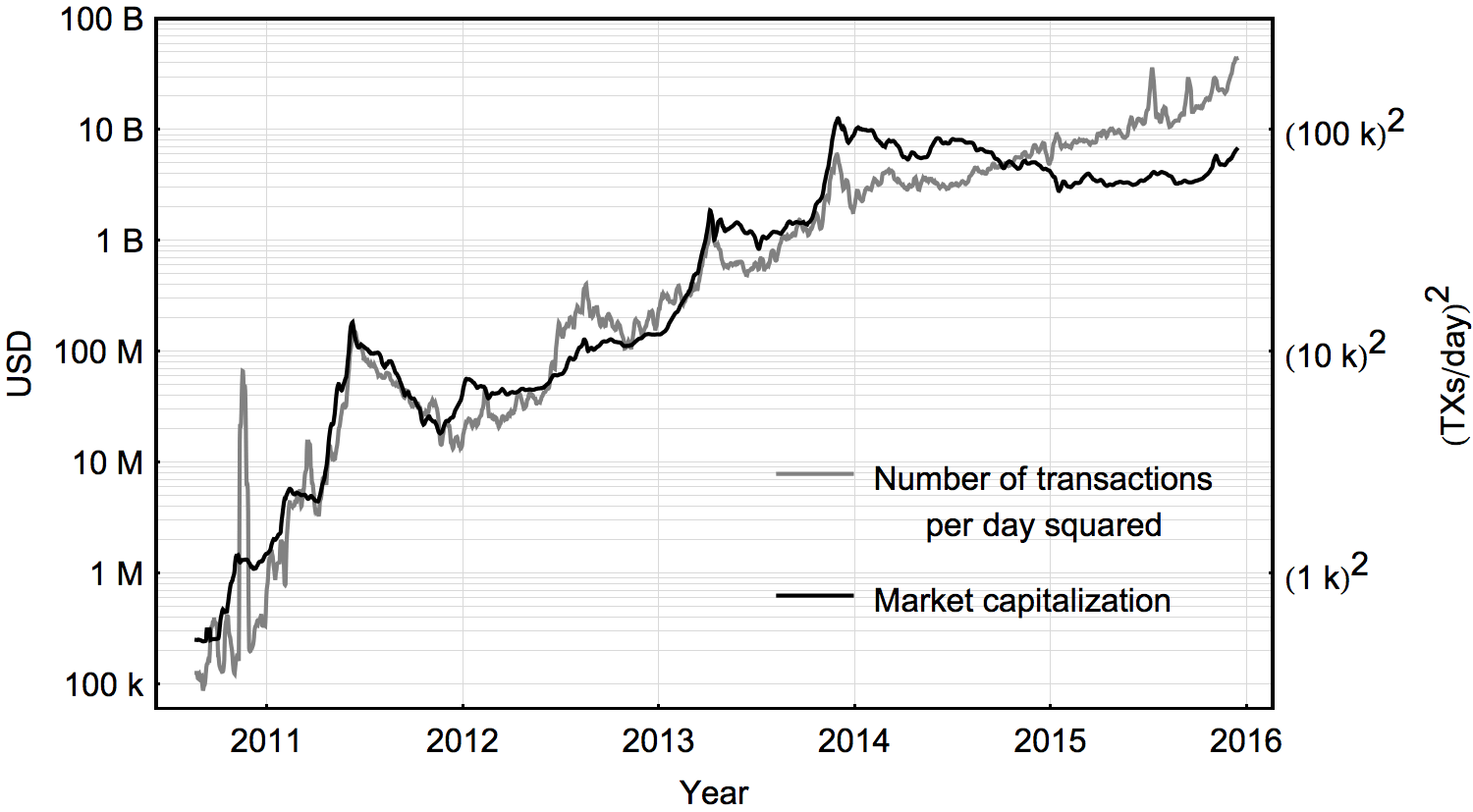Bitcoin Miners and Industry Meet in Beijing
With April coming to a close and the halving in three months, bitcoin’s scalability is reaching decision time. Following a year of heated debate, wide consensus has been achieved on a maxblocksize increase, segwit deployment and support for the Lightning Network. The only outstanding issue is one of timing. Can segwit be ready before the halving? If not, should maxblocksize be increased so as to provide brief respite?
Following suggestions that segwit has been delayed as a CSV softfork is currently in process, it seems that a meeting took place in Beijing on the 30th of March. According to a tweet by Eric Mu, CMO of HaoBTC, representatives from Coinbase, 21inc, Blockchain.info, Okcoin, Antpool, F2pool, BTCC, KNC and Gavin Andresen, Chief Scientist at the Bitcoin Foundation, attended.
The exact details of the discussion are not publicly known. However, bitcoin’s scalability was likely at center stage. They would have probably discussed bitcoin’s current transaction capacity, which is running at maximum, and potential methods to safely upgrade the network. Presumably, prior to the halving.
Although some are alleging money was involved, it is highly unlikely anything nefarious would have occurred in what appears to be a meeting between many very prominent bitcoiners, bitcoin businesses and the majority of miners.
It appears that Samson Mow was not invited. A relative newcomer who joined BTCC in 2015, many perceive Mow’s recent actions as highly unprofessional and very divisive, which may have been a contributing factor. However, representatives of BTCC did attend.
Is Segwit Delayed?
On the 20th of February 2016, Adam Back, President of Blockstream, Matt Corallo, Luke Jr, Cory Fields, Peter Todd, Johnson Lau and the majority of miners agreed in an 18 hour long allegedly secret meeting to “run a SegWit release in production by the time such a hard-fork is released in a version of Bitcoin Core” with segwit expected to be released in April.
However, segwit seems to be delayed. In a short interview with Eric Lombrozo, one of the main developers of segwit, we asked:
A soft-fork has currently been deployed in version 0.12.1, which cannot activate before the first of May. Segwit will then follow in version 0.12.2 with presumably two or three months for uptake. So is Segwit to go live around August?
“Yes, 0.12.1 contains the soft fork activation code for CSV (CheckSequenceVerify). Everything you say is correct. The last part is still a bit uncertain as our last soft-fork (CheckLockTimeVerify) took less than that to activate, so it’s possible it might go live before although I don’t want to say for sure. It’s not entirely up to us how quickly miners adopt it.”
Lambrozo stated that there are “no delays”, but Peter Todd seems to think otherwise. In an email response to our question on whether he thinks segwit has been delayed, Todd stated:
“As in, delayed from the “probably end of April” rough timeline mentioned in the Hong Kong agreement, likely.”
In a blog post, Todd states he is willing to support a coin voting hardfork with a shorter time-line of two or three months to give “industry some breathing room” if segwit was delayed.
Industry is Hurting
The halving is due on or around July 12th. At that point supply will halve to 12.5btc per 10 minutes. Demand currently seems stable. An increase in price, therefore, is expected. However, bitcoin’s so-called Metcalf’s Law, identified as early as 2013, shows a surprisingly close correlation between price and transaction volume.

A simple explanation for the remarkable correlation is the more bitcoin users – demand for bitcoins – the more users make transactions – demand for transaction space. The correlation seems to have slightly diverged during 2015, perhaps due to the market pricing in the transaction ceiling. However, price seems to be catching up with transaction volume.
Miners are likely concerned that a lack of transaction capacity prior to the halving may cap price. This may cause considerable damage to the mining industry going into the halving, especially as difficulty has doubled in the past six months.
Meanwhile, businesses face complaints. Peter Smith , CEO of Blockchain.info, one of the more popular wallet providers with five million accounts, stated in March that Blockchain.info was “setting new records for the number of tickets we receive” related to transaction times or fees. More complaints were made during the first week of March than the whole of February which in itself saw an increase of 110% from January. “[T]he tickets are growing by a factor of 10 every week” said Smith.
An Amicable End to the Great Debate?
The mining industry may, therefore, be considering different options to maintain their businesses running profitably in the short term. Thankfully, there is hardly any disagreement except for timing as almost everyone supports the deployment of all three options – maxblocksize increase, segwit, and lightning.
In this atmosphere of unanimous agreement, which goes first, whether maxblocksize or segwit, seems irrelevant as far as normal users are concerned. It is therefore hoped that influential bitcoin users or developers choose to support a united front as we go into the halving rather than stroke the flames of division for no real technical or even political reason as compromise and real consensus has been achieved.
Thus, an amicable end to the debate is possible. Whether some influential bitcoiners will place the interest of bitcoin and bitcoin’s community in uniting everyone above their own ideological or otherwise interests, however, remains to be seen.
Featured image from Shutterstock.